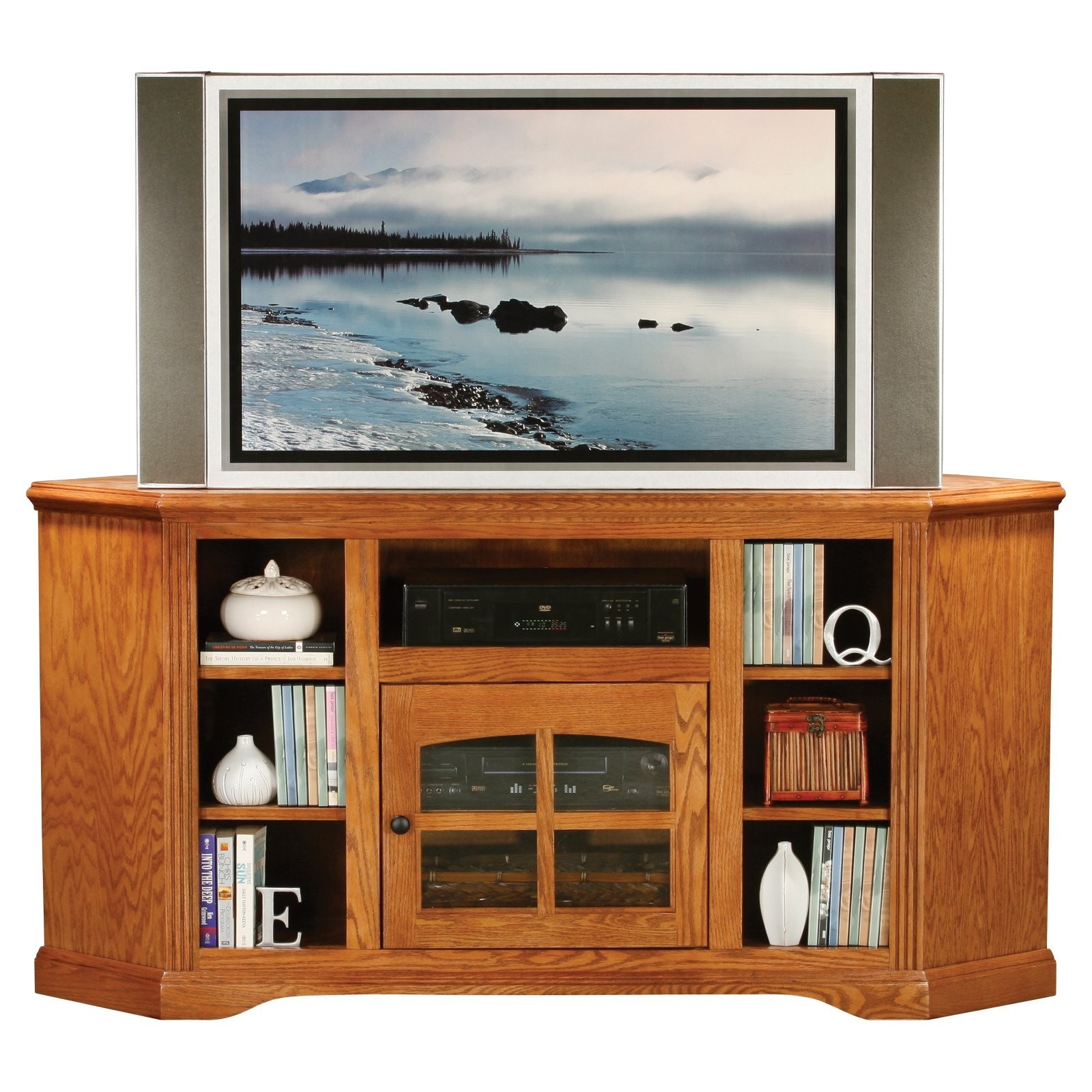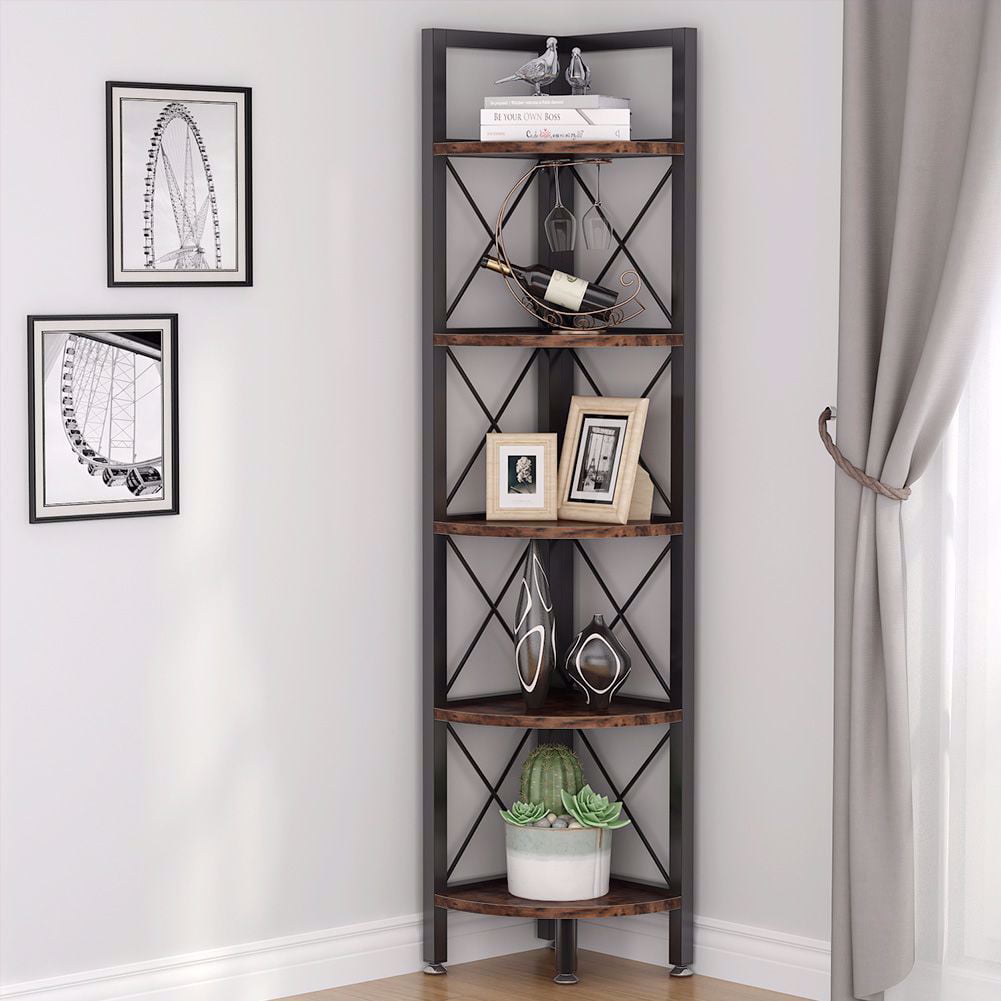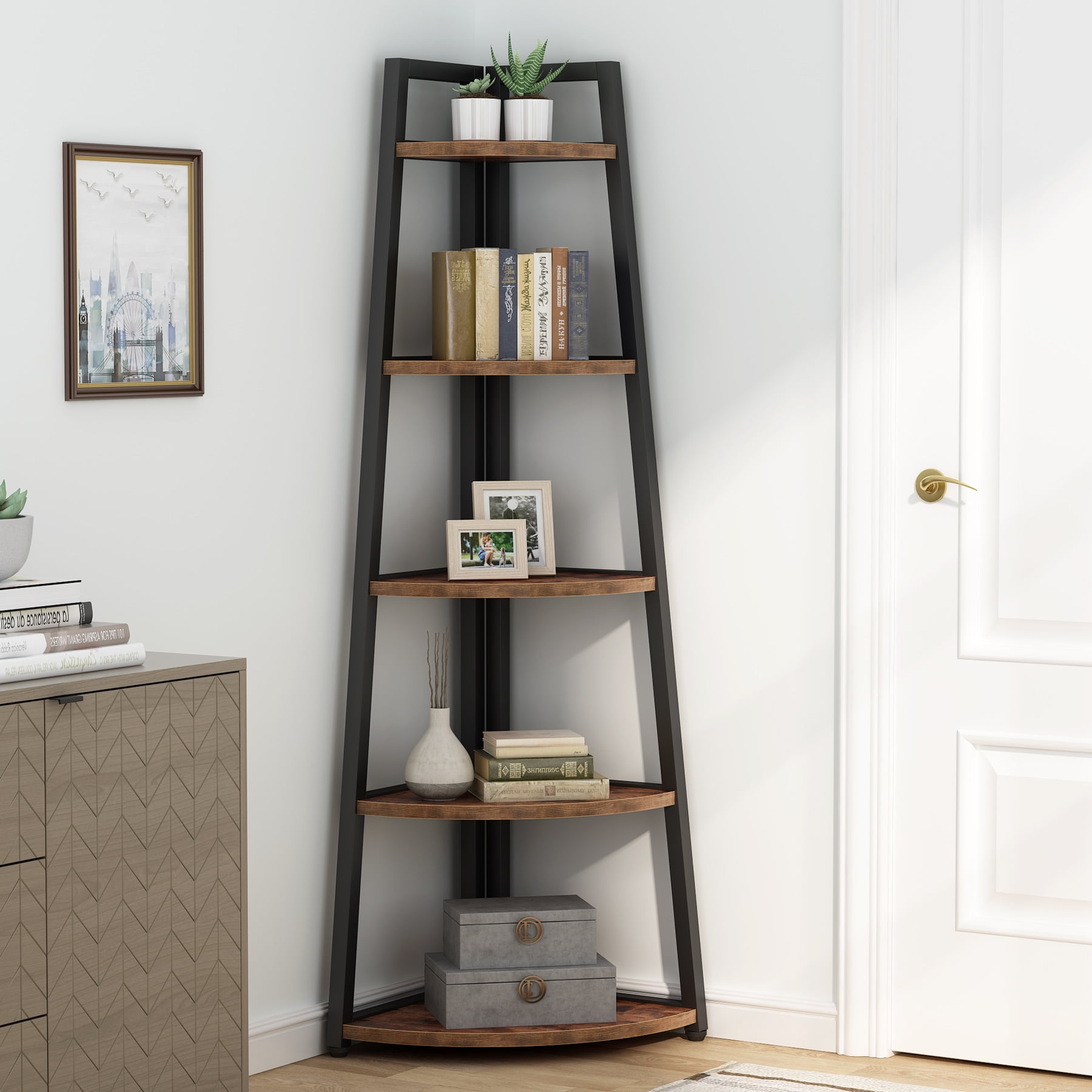
- #Corner picture stands movie
- #Corner picture stands 1080p
- #Corner picture stands update
- #Corner picture stands pro
"I've got a signed letter from the White House," said Mary, pointing to a framed letter on the wall. Years of crafting, showcasing art, and interacting with locals and travelers have given the couple a story or two.

Husband and wife duo Neil and Mary Colmer met in Berea and opened the studio together in 1989, Neil leading the weaving and Mary creating handmade corn husk dolls. (LEX 18) - Nearly four decades after opening the doors of Weaver's Bottom Craft Studio, the shop remains a staple in Berea's art community. Its buttons, whether capacitive or physical, should also be easy to use.BEREA, Ky. Easy-to-use controls: Your monitor’s on-screen display should make it easy to change settings such as text size or brightness.
#Corner picture stands update
Most monitor, laptop, phone, and tablet screens update 60 times per second-on a spec sheet, that number is reported in hertz (Hz)-and the higher that number is, the smoother things look, especially when gaming.

Having a good contrast ratio is a little more important than having accurate color-you can often fix inaccurate color after the fact by calibrating the monitor yourself, but a poor contrast ratio is harder to address. A contrast ratio of 1000:1 or higher (note that higher is better) is typical of IPS panels.

#Corner picture stands movie
Contrast ratio: A good contrast ratio makes the dark areas of a screen easier to see when you’re watching a movie or playing a game.Great monitors should also include a USB 3.0 hub so you can connect peripherals such as keyboards, mice, and webcams, as modern laptops come with fewer and fewer ports of their own. Ports: Since most computers have either an HDMI port or a DisplayPort connection, having both is a requirement for any good monitor, and the best models also include a USB-C port that can receive a display signal and charge a connected laptop at the same time.For most people, QHD monitors offer the best combination of detail, usable desktop space, and price.
#Corner picture stands pro
And 4K monitors, while excellent for discerning eyes and pro media, are more expensive-this is part of the reason we have a separate guide for them.
#Corner picture stands 1080p
For a 27-inch monitor, 1080p is too low a resolution-text and images are likely to be visibly pixelated or blocky.



 0 kommentar(er)
0 kommentar(er)
